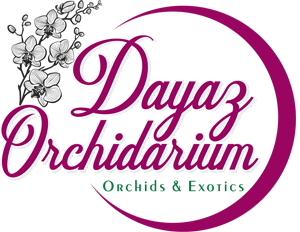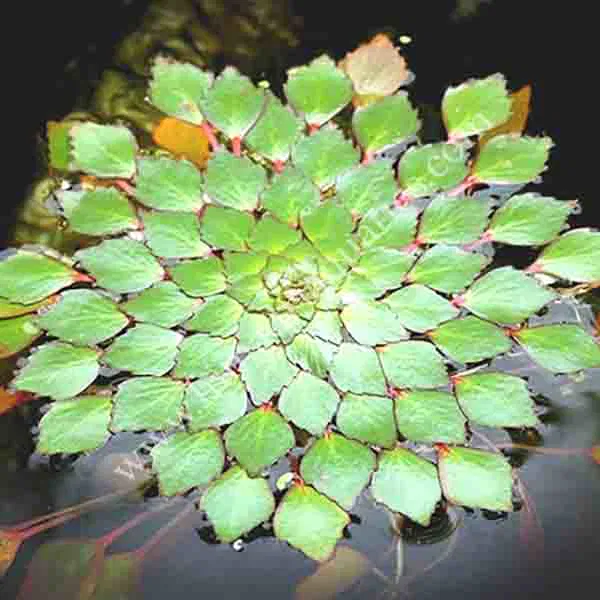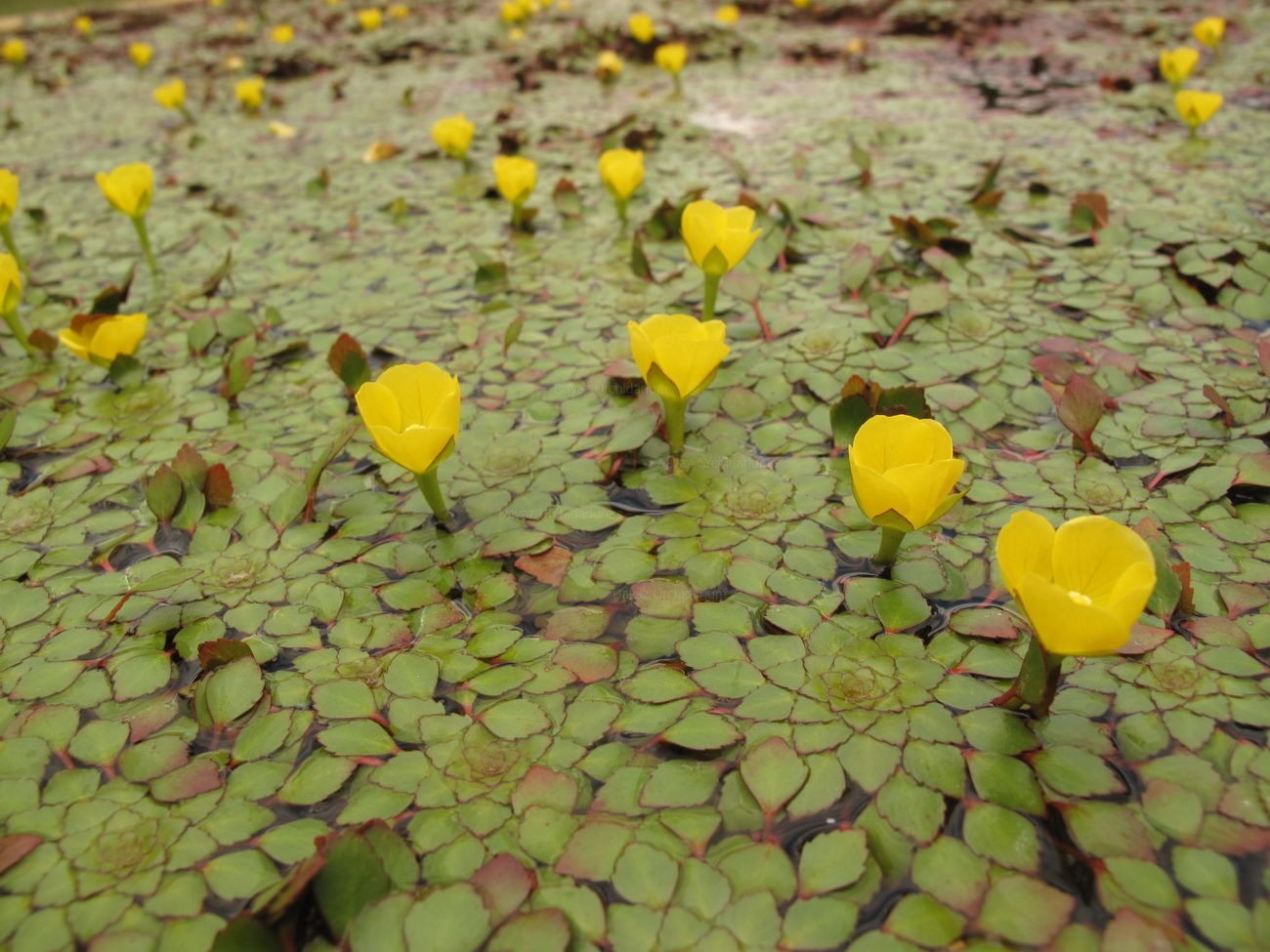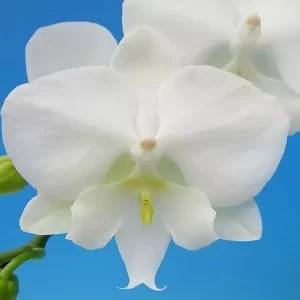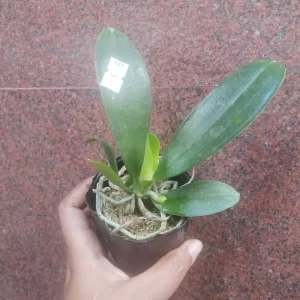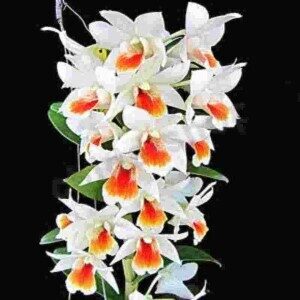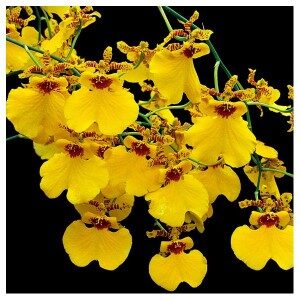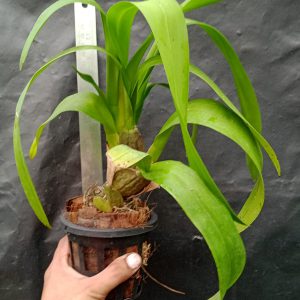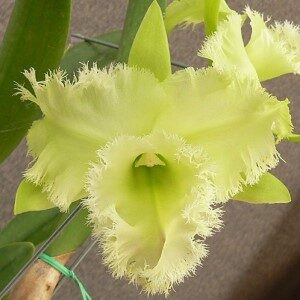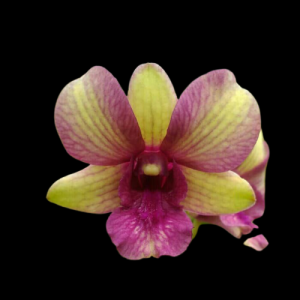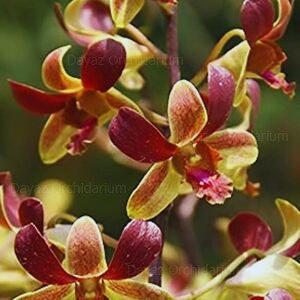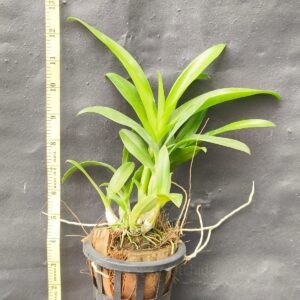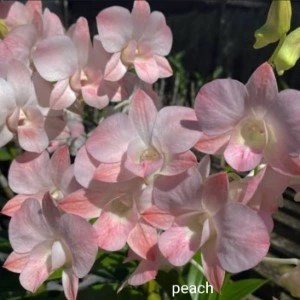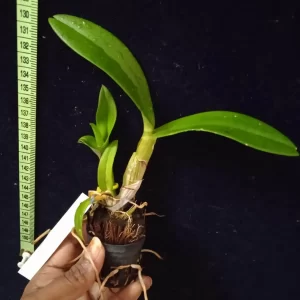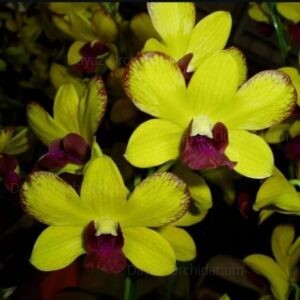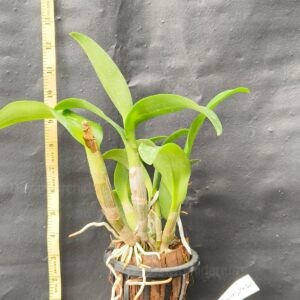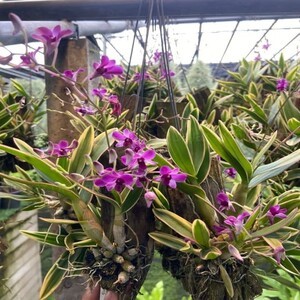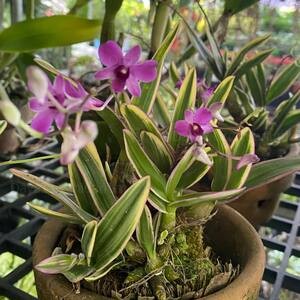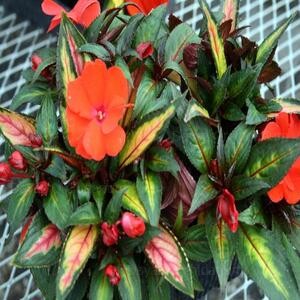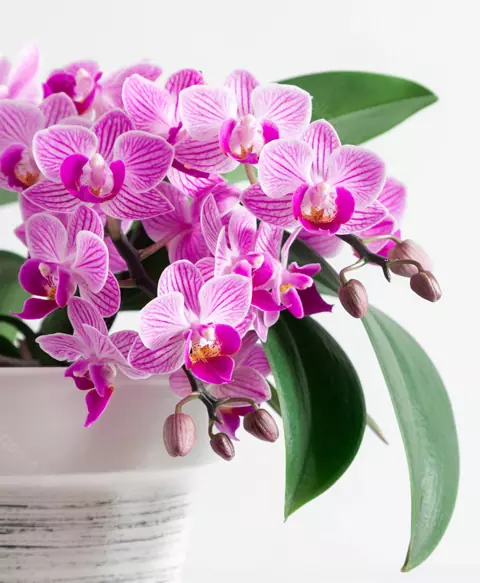Growth and Care
Light Requirements: Prefers moderate to high light. Insufficient light can lead to slower growth and less vibrant coloration.
Temperature: Thrives in a temperature range of 22-28°C (72-82°F). It can tolerate a range of temperatures but prefers warmer conditions.
Water Parameters: Adaptable to a variety of water conditions but generally prefers slightly acidic to neutral water (pH 6.5-7.5) and soft to moderately hard water.
Substrate: Can grow in various substrates, including aquarium gravel, sand, or a nutrient-rich soil. A substrate with some organic matter will help support its growth.
Propagation: It propagates easily through stem cuttings. New plants will develop from the nodes along the stem when cuttings are placed in suitable conditions.
Maintenance
Pruning: Regular pruning helps maintain a neat appearance and prevents the plant from overshadowing other plants in the aquarium or garden.
Nutrients: While it doesn’t have high nutrient demands, it can benefit from occasional supplementation with aquarium plant fertilizers.
Benefits
Aesthetic Appeal: Adds a lush, green appearance to aquariums and can create a natural, carpet-like effect in water gardens.
Oxygenation: Like many aquatic plants, it contributes to oxygenating the water and can help with nutrient absorption, potentially reducing algae growth.
Invasive Potential: In non-aquatic settings, Ludwigia sedioides can become invasive if not managed properly, as it can quickly cover large areas.
